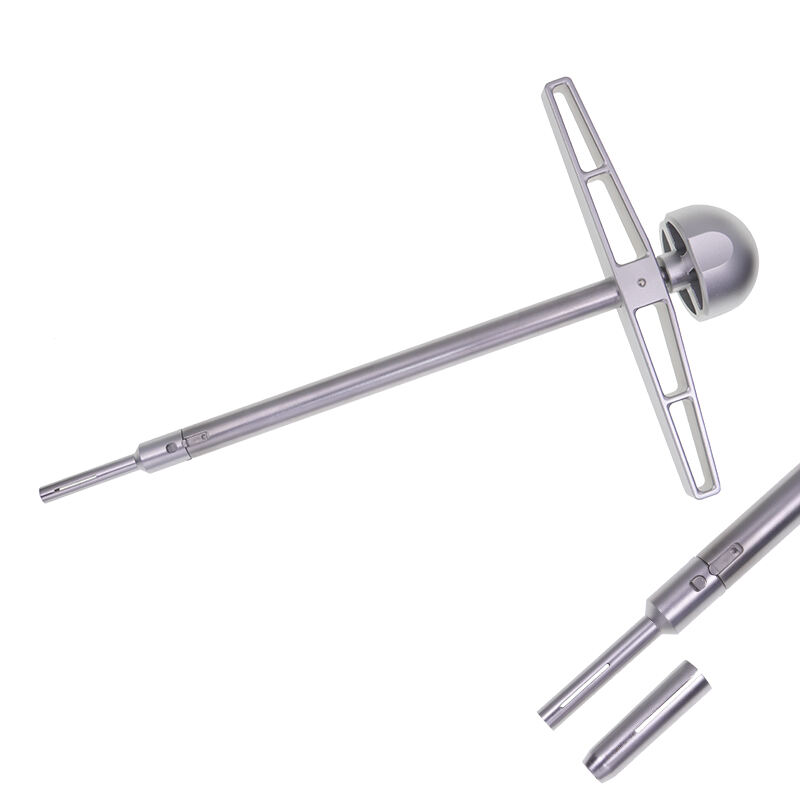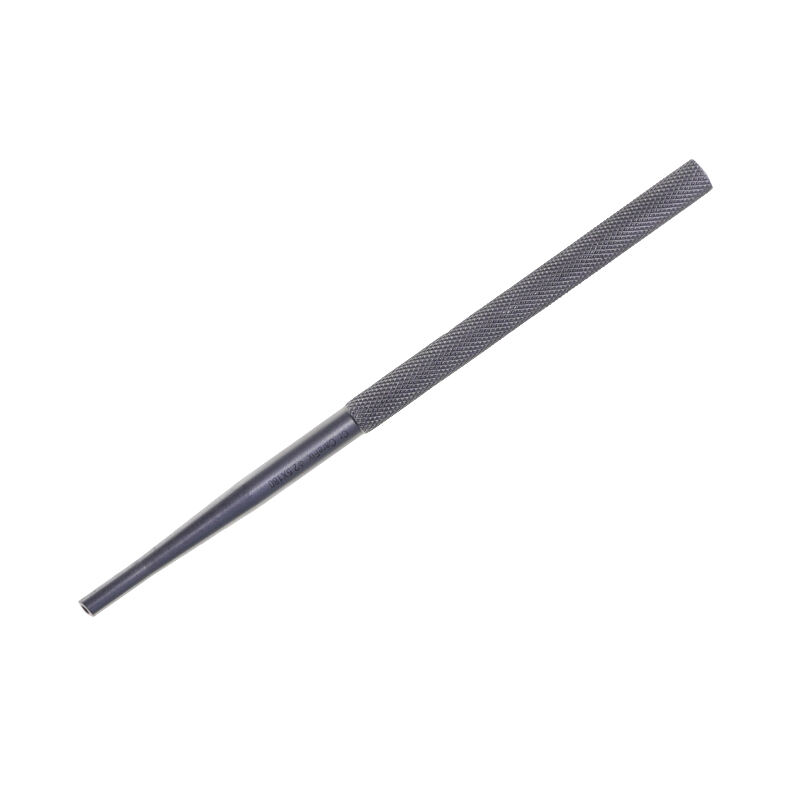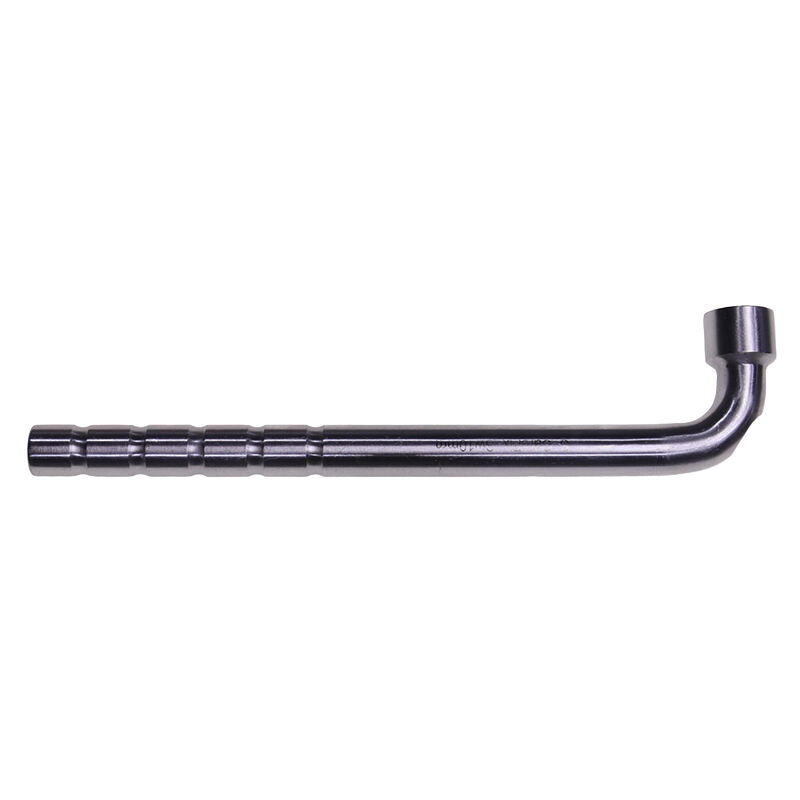orthopedic tools
Orthopedic tools represent an essential collection of specialized medical instruments designed for diagnosing, treating, and managing musculoskeletal conditions. These precision-engineered instruments include power tools like surgical drills and saws, manual instruments such as osteotomes and curettes, and measurement devices for ensuring accurate implant positioning. Modern orthopedic tools incorporate advanced materials like surgical-grade stainless steel and titanium, offering superior durability and biocompatibility. The tools feature ergonomic designs that enhance surgeon control and reduce fatigue during lengthy procedures. Many contemporary orthopedic tools integrate digital technology, including computer-assisted navigation systems and robotic-assisted surgical instruments, enabling greater precision in complex procedures. These tools are utilized across various orthopedic subspecialties, from joint replacement surgery to trauma care and spine procedures. The instruments undergo rigorous sterilization processes and meet strict medical device regulations, ensuring patient safety and optimal surgical outcomes. Additionally, many tools feature modular designs allowing for customization based on specific surgical requirements and patient needs.


